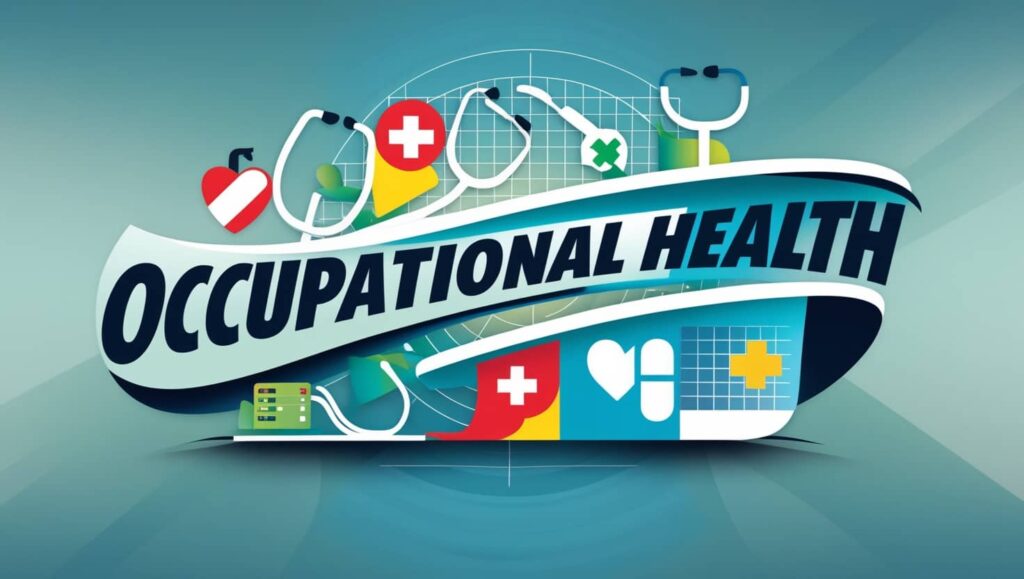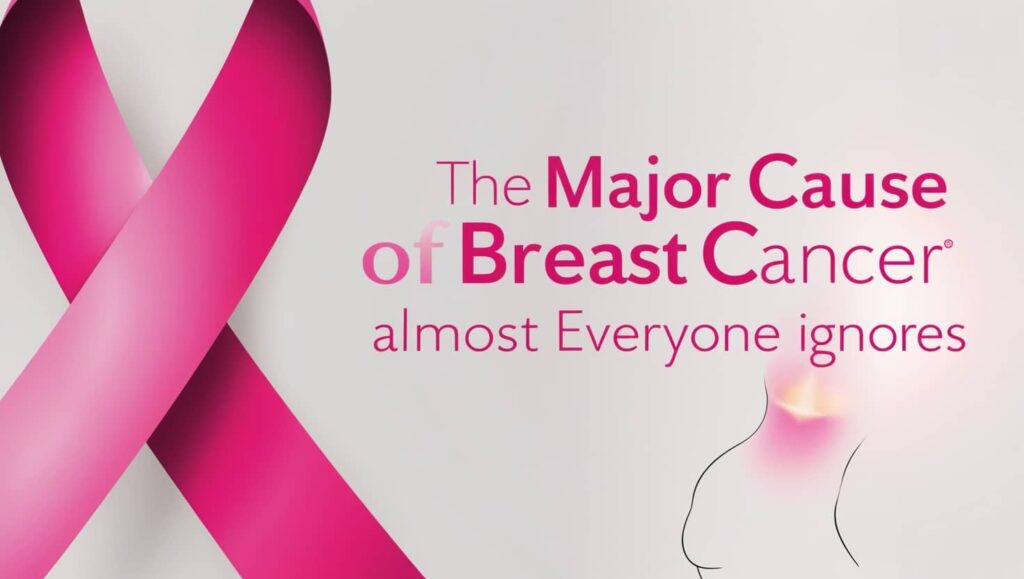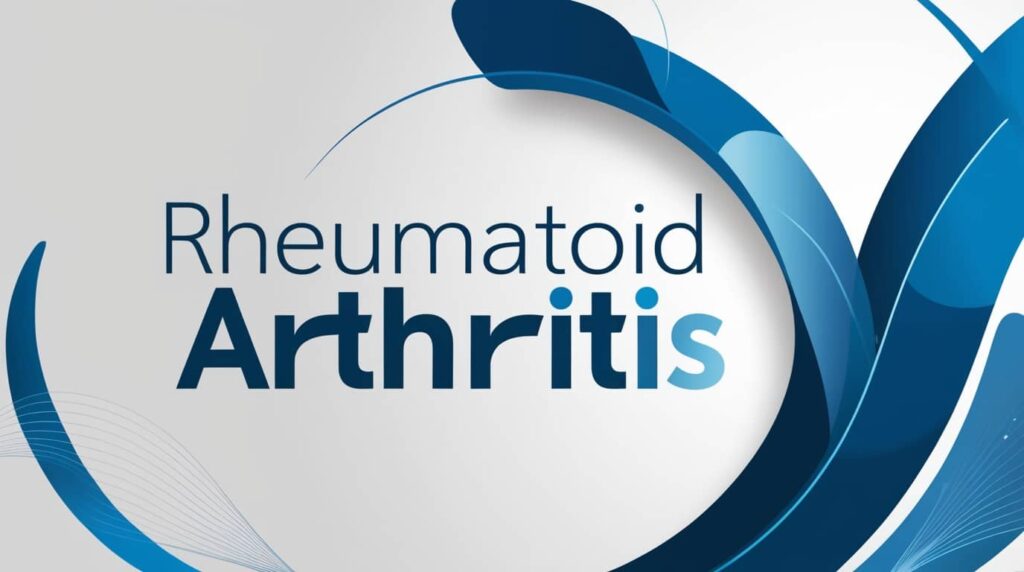After lung and breast cancers, rectal cancer is the third most widespread tumor type in women. Since the majority of affected people are elderly, it is assumed that the disease progresses slowly. By using more efficient screening and treatment methods, physicians may be able to minimize the disease’s negative health effects after recognizing its primary etiological components.
Its Risks for Women
Female sex hormone status, particularly estrogen serum levels, is a potential host factor for rectal cancer. Circulating levels of 17β-estradiol (E2) are higher in women than in men, and they are age-dependent. Estrogen has been implicated in upper GIT cancers, such as esophageal and gastric cancers, with higher incidence and mortality rates among men. Studies have suggested that estrogen may have a protective role in rectal cancer, with hormone replacement therapy reducing its risk. Circulating E2 levels may exert a cumulative protective effect against the rectal cancer carcinogenic process for up to 20–25 years after menopause.
Etiology, Risk, and Protective Factors
Rectal cancer is sporadic, with an average age diagnosis after 50. Risk factors include personal or family history, adenomatous polyps, and ulcerative colitis. Environmental and lifestyle associations are strong, with distinct patterns between the colon and rectum. Protective factors include physical activity, diet, vitamin supplements, drugs, hormonal replacement therapy, statins, bisphosphonate, and angiotensin inhibitors.
Symptoms of Rectal Cancer in Females to Watch For
On the clinical presentation of rectosigmoid, symptoms are more commonly linked to a change in bowel habits, constipation, pain (tenesmus), leakage diarrhea (mucus discharge), and bright red blood per rectum (hematochezia), depending on the location of the tumor. The affected organ and the route of dissemination will determine the late clinical manifestation of metastatic disease at diagnosis. A digital rectal examination for fixed masses must be included in the physical examination, which should include screening for symptoms of ascites, hepatomegaly, and lymphadenopathy. Additional signs of rectal cancer could be: overwhelming exhaustion, chest discomfort or difficulty breathing as a result of iron-deficiency anemia, and cramping or discomfort in the abdomen.
Diagnosis
Rectal cancer screening involves various methods, including barium enema, CT colonography, flexible sigmoidoscopy, and endoscopy. Flexible sigmoidoscopy is a screening modality that reduces rectal cancer mortality, but it is not a replacement for a complete diagnostic colonoscopy. Routine laboratory workups, such as complete blood count and liver function tests, are not diagnostic but useful for management. Computed tomography (CT) is the preferred cost-effective staging imaging study before surgical resection, with moderate specificity for accurate staging of tumors and high screening sensitivity for distant metastasis. Positron emission tomography (PET) is not routinely used in the preoperative staging of rectal cancer.
Treatment Options for Rectal Cancer
Rectal cancer treatment options vary based on stage, health, and preferences. Common treatments include surgery, radiation therapy, chemotherapy, and a combination of both. Surgery is the most common, and radiation therapy can shrink tumors, improve bowel control, and reduce cancer recurrence. After surgery, some patients may receive chemotherapy to kill the remaining cells. Chemotherapy, also known as chemo, uses drugs to stop cancer cell growth. Combining chemotherapy and radiation therapy can increase the effects of both treatments. It’s crucial to discuss these options with your cancer care team.
Related: Signs of Colon Cancer in Females
Summary
Rectal cancer is a common US cancer, managed by an interprofessional team. A digital rectal exam is crucial for clinical suspicion. Endoscopy and tissue biopsy are necessary for pathological confirmation. Combining magnetic resonance imaging or transrectal ultrasound can accurately determine tumor extension and node status.
References
Lotfollahzadeh, S., Kashyap, S., Tsoris, A., et al. (2023). Rectal cancer. In StatPearls [Internet]. Treasure Island, FL: StatPearls Publishing. Available from https://www.ncbi.nlm.nih.gov/books/NBK493202/.
Purim, O., Gordon, N., & Brenner, B. (2013). Cancer of the colon and rectum: potential effects of sex-age interactions on incidence and outcome. Medical science monitor: international medical journal of experimental and clinical research, 19, 203–209. https://doi.org/10.12659/MSM.883842.
Donovan, J. M., & Syngal, S. (1998). Colorectal cancer in women: an underappreciated but preventable risk. Journal of women’s health, 7(1), 45–48. https://doi.org/10.1089/jwh.1998.7.45
Read Next: How to Check for Fibroids at Home







